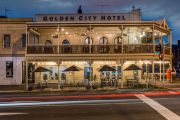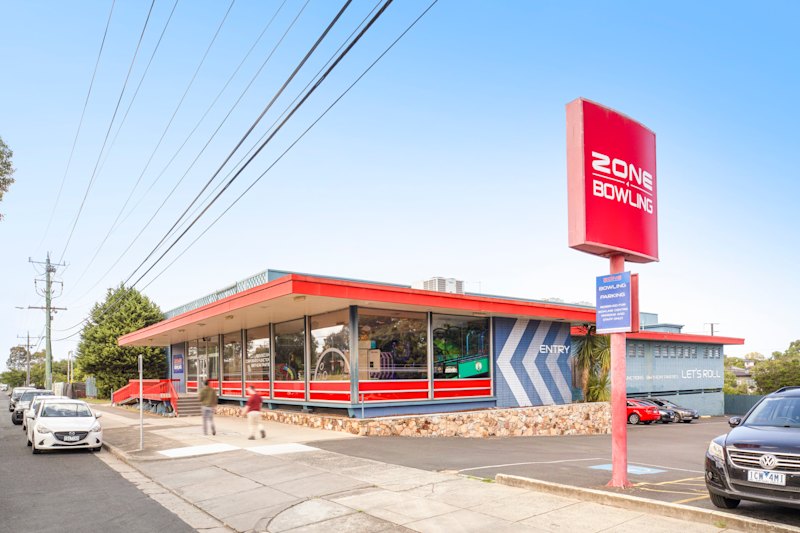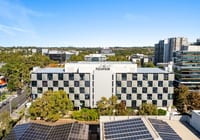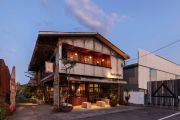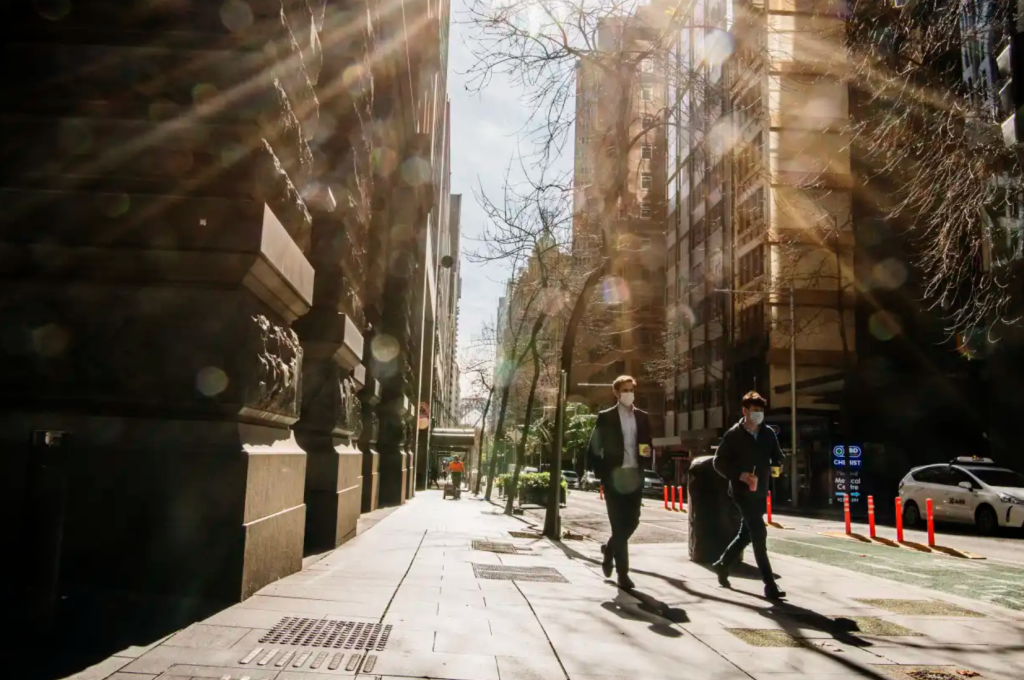
Building costs to run ahead of inflation across Australia
Building costs across all major Australian markets are growing faster than inflation – a trend that looks set to continue for years due to construction demand outstripping supply for both labour and materials.
Disruptions caused by COVID-19 are largely to blame with global supply chain issues negatively impacting both material delivery and pricing, while state and international borders have led to intractable labour shortages.
These are among the findings of the 12th International Construction Market Survey from Turner & Townsend, which reveals that government money and low interest rates are fuelling a global construction boom.
Of the 90 markets surveyed just six were deemed “cold” based on current construction tendering conditions compared with 53 that are either “warm, hot or overheating”. The rest are “lukewarm”.
All Australian state capitals are “warm” with a positive outlook over the next few years, notwithstanding the ever looming uncertainty of COVID-19.
Matt Billingham, Australian real estate lead for Turner & Townsend, said it’s difficult to calculate the longer-term impact of the current two-week Sydney construction lockdown, which ends on July 31.
“It remains to be seen how clients and contractors react to that, whether it leads to a significant amount of claims either way for delays,” Mr Billingham said.
“With regard to prices going forwards, our view is that contractors are going to be [increasingly] pricing in schedule risk.”
COVID-19 shutdowns aside. the report predicts the Sydney, Perth and Brisbane markets will experience annual construction cost hikes of more than 3 per cent up to the end of 2023.
More modest yearly increases of 2.5 per cent are expected in Melbourne and Adelaide.
Sydney remains the most expensive place to build in Australia even though it has slipped from position 13 to 45 in the rankings, a reflection of rapidly rising costs elsewhere.
The average cost to build in Sydney is $2640sq m – less than half the rate of Tokyo, the most costly city in which to undertake construction at $5465sq m, followed by Hong Kong ($5317sq m) and San Francisco ($5080).
Melbourne building costs are $2576sq m, followed by Brisbane ($2448sq m), Perth ($2142sq m) and Adelaide ($2070sq m).
Mr Billingham said demand for both labour and materials is outstripping supply.
“There’s an infrastructure boom going on across Australia with a huge amount of investment in road and rail,” he said.
“We’re seeing a lot of government stimulus and investment in education, health and social infrastructure.”
He said private sector development has been patchy to date but expects it to accelerate, spurred by low interests rates.
“There’s a worsening situation with labour shortages across all of our key markets,” Mr Billingham said.
“Ordinarily when the borders are open our pressure relief valve is immigration but that’s not an option now.
“That’s having an impact on labour costs, which are going up.
“It also creates problems for contracting organisations and their ability to deliver projects on time.”
The other big issue is building material costs.
According to Turner & Townsend data, in Sydney over the past 12 months the cost of steel has risen 10 per cent, rebar is up 20 per cent while timber prices have soared 24 per cent.
“And we’re anticipating further prices increases with global supply chain issues expected to continue through 2022,” Mr Billingham said.

